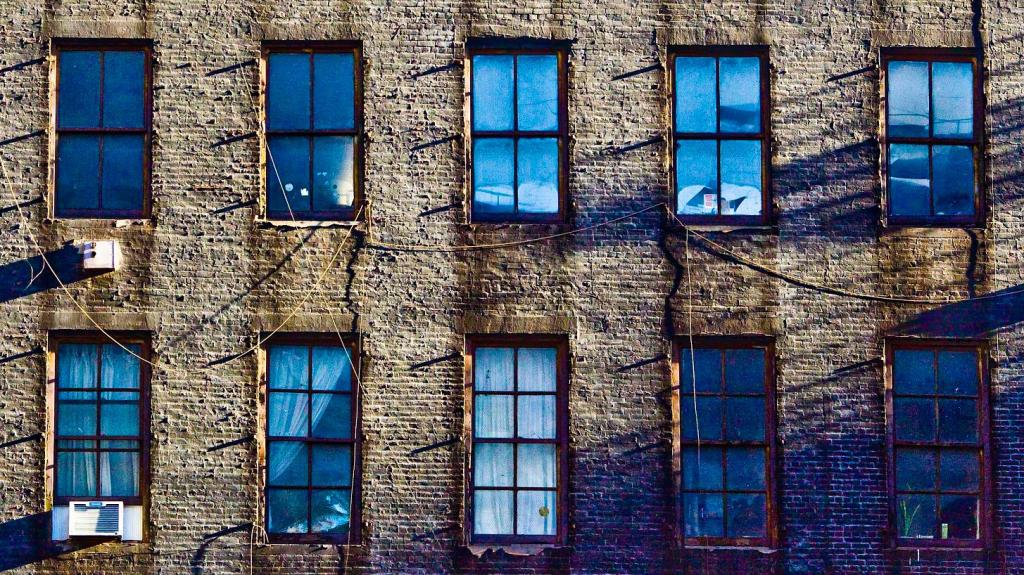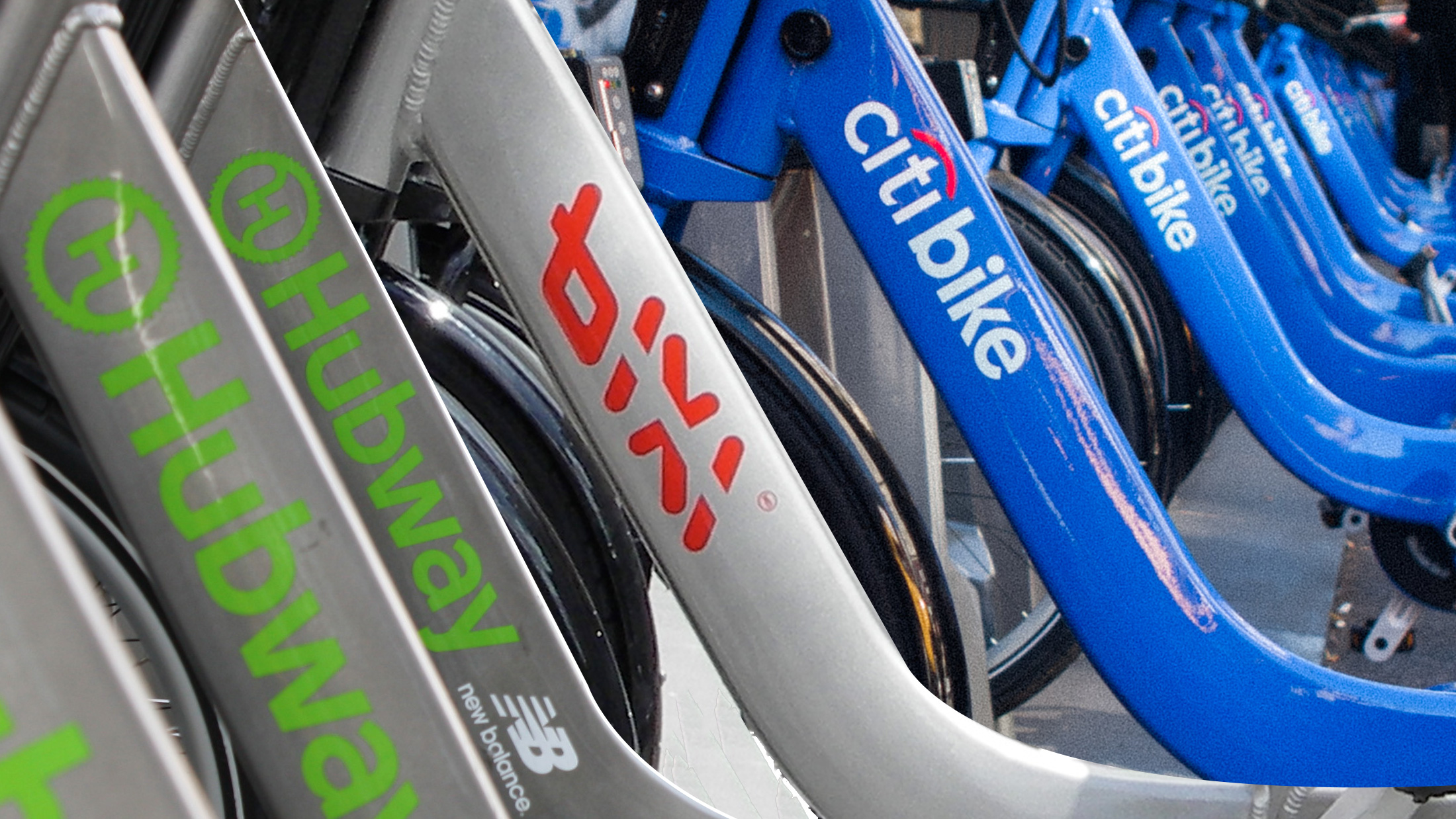Nearly 40 bikeshares have popped up across the U.S. since the first program launched in Tulsa in 2007. Yet even after the 23 million rides taken on bikeshares so far — not one fatality has ever been recorded, by the way — no one really knows how much carbon dioxide all these bicyclists have kept out of the atmosphere.
It’s even unclear how effective bikeshares are at reducing car use. Are users actually opting out of driving? Or just avoiding the bus? Some researchers estimate that bikeshares have a 20 percent or less success rate of encouraging users to switch from cars to bikes, while data from bikeshare Denver B-Cycle show that 41 percent of trips made on the program’s bikes have replaced car trips. Climate Central reports on the discrepancy:
Many people using bike-share programs in denser cities are only avoiding public transit rather than avoiding driving a car, muting the CO2 benefits of bike-share programs. Conversely, in less dense cities, bike sharing is used as a way to connect people to public transit, which would enhance the climate benefit, Shaheen said.
This gets at the heart of the problem: Tusla, Okla., is pretty different from New York City. Developing a single model for uniform bikeshare data collection isn’t so easy, as varying factors from city to city like climate, population density, and helmet regulations all affect how many — and why — people hop on a bike.
Still, “each mile someone rides on a bike-share bike instead of driving a car means about 1 pound of carbon dioxide is kept out of the atmosphere,” a transportation researcher told Climate Central. As more bike-sharers nix driving in favor of biking, they’ll fight for better bike lanes and cycling infrastructure, which leads to more bike-sharers in favor of biking … well, you can see where this is going.



